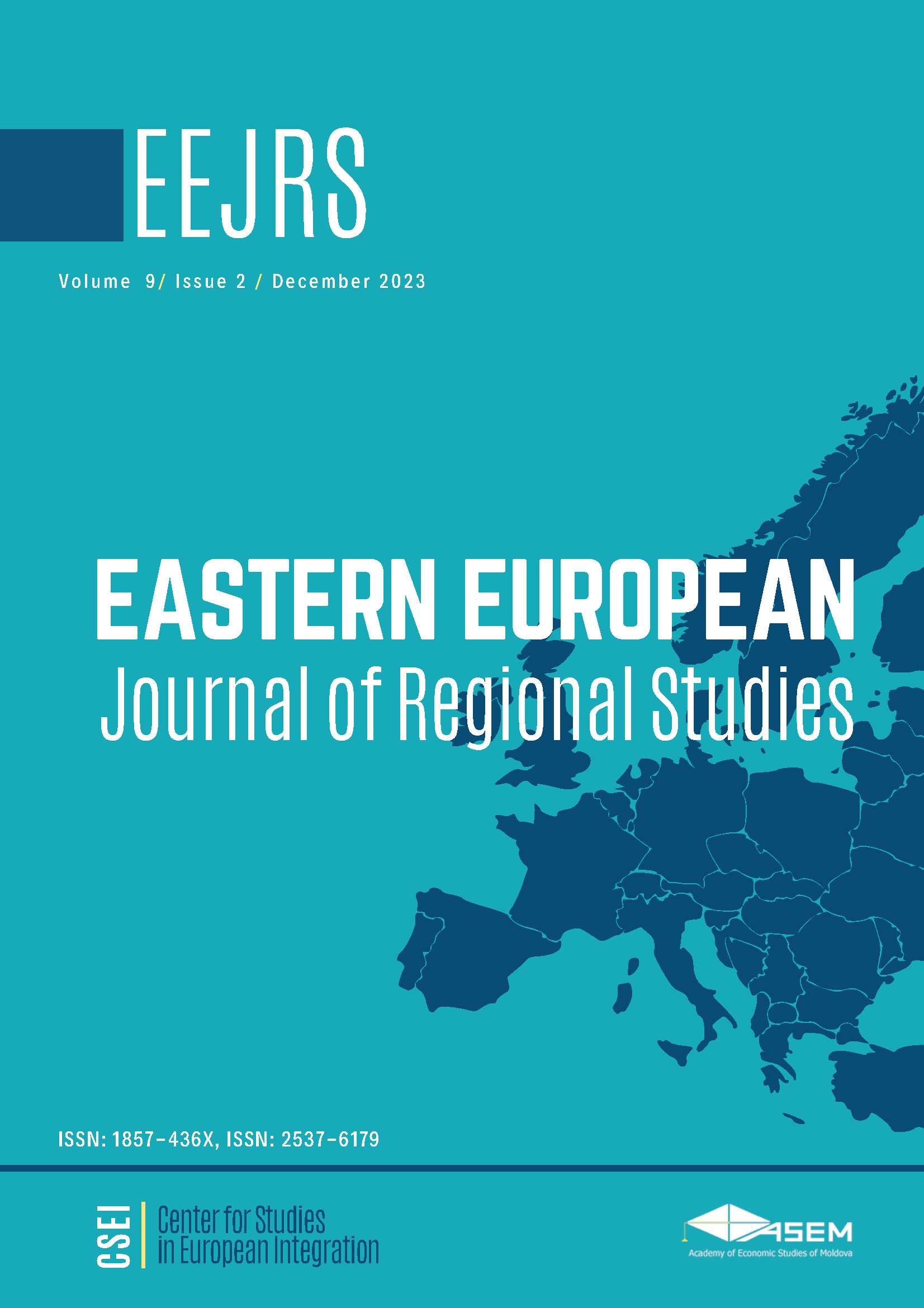FOREST FIRES IN A CHANGING CLIMATE: RISK ASSESSMENT AND MANAGEMENT IN LEIRIA NATIONAL FOREST, PORTUGAL
FOREST FIRES IN A CHANGING CLIMATE: RISK ASSESSMENT AND MANAGEMENT IN LEIRIA NATIONAL FOREST, PORTUGAL
Author(s): Kwadwo Yeboah BotahSubject(s): Geography, Regional studies, Human Geography, Regional Geography, Environmental Geography, Sociology, Environmental interactions
Published by: Center for Studies in European Integration, Academy of Economic Studies of Moldova
Keywords: Forest Fires; Climate Change; Fire Risk Assessment; Spatial Framework; Fire Hazards; Leiria National Forest; Mediterranean Europe
Summary/Abstract: Forest ecosystems are vital for sustainable development and human well-being globally and in Europe. Sustainably managed forests are fundamental in combating natural disasters and providing multiple important goods and services for humans and the environment. However, with increasing climate change and its associated effects, forests have become severely and regularly prone to fires. This is seriously threatening forest protection, human safety, the economy, and biodiversity. In this context, understanding future forest fire risks, susceptibility, hazards, and fire prevention is essentially needed. This study thus examines the forest fire risks and hazards in Leiria National Forest (Mata Nacional de Leiria), Portugal using the 2017 forest fire as a benchmark. With the adoption of GIS and remote sensing techniques and data, vegetation type (NDMI), human factors (roads and settlement proximity), and terrain characteristics (slope and aspect) were assessed to map fire risk. Through multi-criteria analysis, these data were integrated to generate a forest fire risk index. Results demonstrate that about 46% of the study area is within high-risk and risky zones, 50% is considered moderate-risk fire zones and 3% is classified as low and risk-free zones. Sensitivity analysis indicated that high-risk areas are mostly low moisture coniferous fuel types while risk-free areas are high moisture deciduous fuel types. Further, it was established that the observed high-risk and risky zones are attributed mostly to proximity to settlements and roads and little topographical influence. The study thus suggests an increased future forest fire risk under the prevailing conditions and a hiking potential of increased burnt areas. We thus proposed effective proactive measures and adaptive management approaches to prevent and mitigate the devastating impacts of forest fires within the study location.
Journal: Eastern European Journal for Regional Studies (EEJRS)
- Issue Year: 9/2023
- Issue No: 2
- Page Range: 169-191
- Page Count: 23
- Language: English

